The project "Selection and development of a process for cultivating some bamboo varieties for shoots combined with creating landscapes for tourism development in Van Ho district" has been implemented and is contributing to creating livelihoods for people, creating landscapes, preserving and developing sustainable forests.
The project was implemented by Son La College in coordination with the Department of Science and Technology and the People's Committee of Van Ho district since 2020. The project researches and selects suitable bamboo varieties for shoots and environmental landscapes; builds models; provides guidance on breeding, planting and cultivation techniques. The research team has organized training courses and workshops to collect feedback and propose additional solutions to develop effective bamboo planting models.

The project was piloted on a scale of nearly 2 hectares in Van Ho and Chieng Yen communes. Through field surveys, the research team selected 4 bamboo species for shoots and landscaping; including Lanh Hanh, Mang Bung, May Hoc and Buong Phan.
Ms. Hoang Thi Hong Nghiep, Project Manager, said: According to the survey, the area of pure bamboo forest in Van Ho district is 3,180 hectares, distributed in most communes, but mainly planted spontaneously and scattered. Bamboo cultivation has not been focused on, and intensive technical measures have not been applied, leading to low productivity and quality of bamboo shoots. In addition, bamboo planting for the purpose of creating landscapes has not been given attention. Therefore, the project is expected to create livelihoods for people and create landscapes associated with tourism development, bringing in income from 60-100 million VND/ha.
In Suoi Lin village, Van Ho commune, bamboo is only grown purely for bamboo shoots and as raw materials for daily life, not yet participating in tourism activities. The research team has built a bamboo landscape model to serve the cultural activities of the Dao ethnic community associated with the orientation of developing community tourism, with a total area of over 8,000 m2, of which 4,000 m2 is bamboo landscape. The project has provided technical advice on designing the path surrounding the model campus, and building a traditional Dao ethnic house. This is a place for community religious activities connecting the village with the natural landscape.
Mr. Ban Van Tranh, Suoi Lin village, Van Ho commune, shared: Bamboo has been associated with ethnic minorities for a long time. Previously, my fellow villagers and I planted bamboo by root, dug from the forest, so the survival rate was low, the trees grew slowly. Since being instructed to plant by cuttings, the survival rate of the trees has reached 90%. In addition, the Project also supports the treatment of the ground cover, pruning old, crooked, diseased trees, fertilizing, termite treatment... Thanks to that, the bamboo area has grown well; the harvested bamboo shoots are 3-6 times higher than before. Currently, the family's 2 hectares of bamboo are lush all year round, used as raw materials, creating many handicrafts and souvenirs for tourists at the traditional Dao ethnic house, contributing to increasing income.
Ms. Nguyen Thu Huong, a tourist from Hanoi , shared: Through research, Van Ho district not only has many beautiful relics and landscapes but also has many unique ethnic cultural features. Especially when participating in activities to visit the bamboo forest, experiencing making handicrafts from bamboo materials, we found it very interesting, both close to nature and imbued with national identity.
In Chieng Yen commune, the model of exploiting bamboo shoots associated with the orientation of developing eco-tourism is also being formed. Mr. Bui Van Thuy, Vice Chairman of Chieng Yen Commune People's Committee, said: With the advice and guidance of the project team, local people have gradually changed their awareness. In addition to planting bamboo, they have chosen some bamboo species to plant and expand; cleaning up the bamboo forest area to create a green, clean and beautiful landscape. From the rocky hillsides or dense bushes, now the bamboo forest has been covered with a cool green color, creating a harmonious space, close to nature, contributing to changing the landscape, serving the community's cultural activities associated with sustainable tourism development for the locality.
The initial results of the Project are the basis for Van Ho district to improve the productivity, quality and efficiency of bamboo trees associated with community tourism, creating an experiential space for tourists to visit and learn about the beauty of local cultural identity associated with protecting the ecological environment. At the same time, creating long-term livelihoods for people, creating high commodity value and promoting bamboo shoot products of various types in the market.
Thanh Huyen
Source









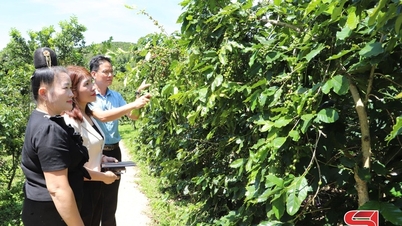
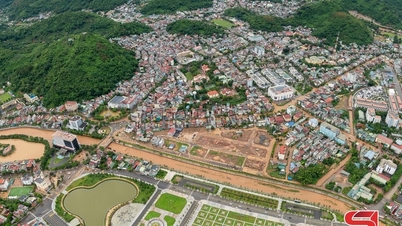
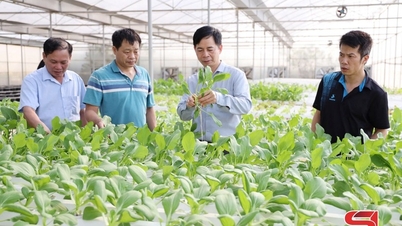
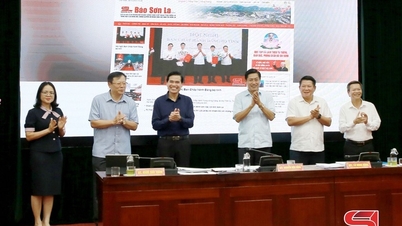
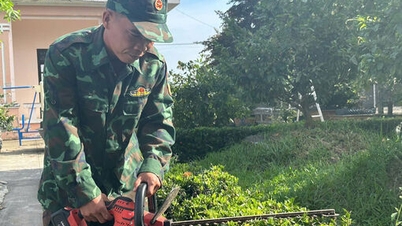
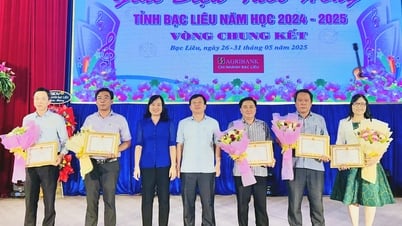

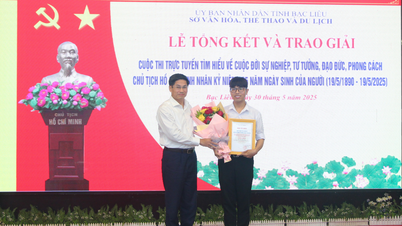
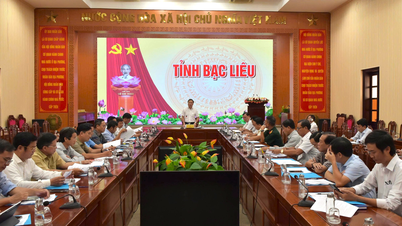
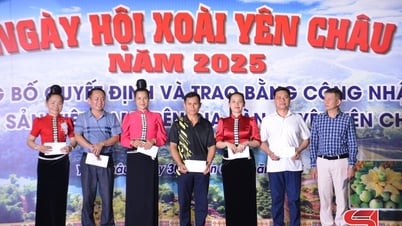

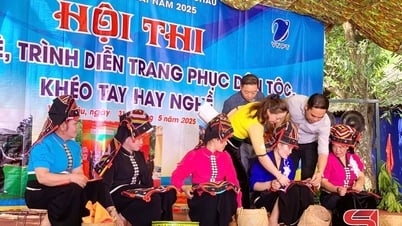




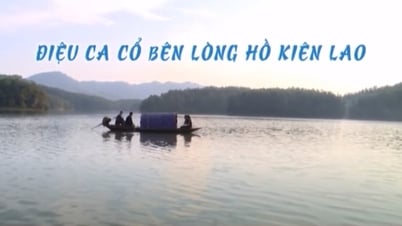




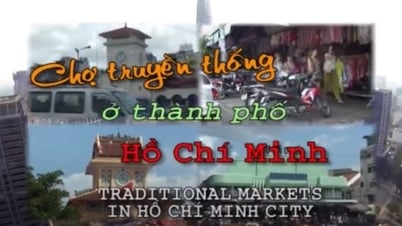
































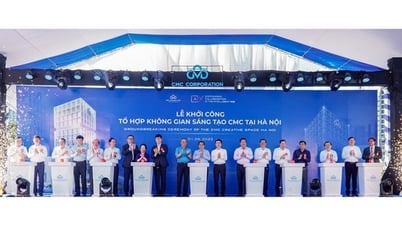

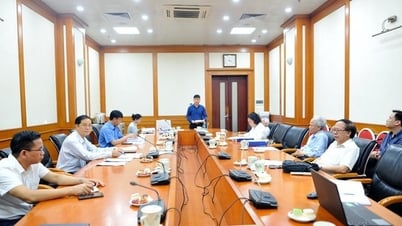






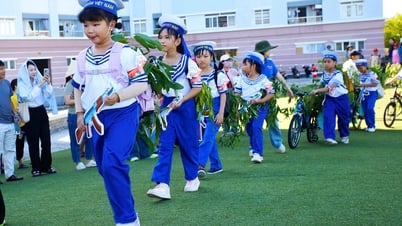

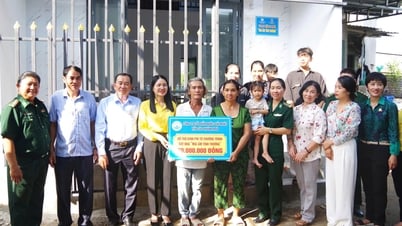
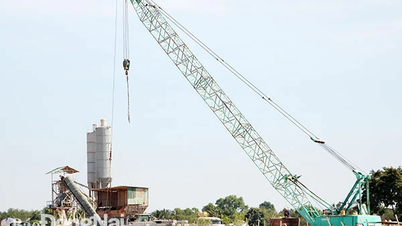

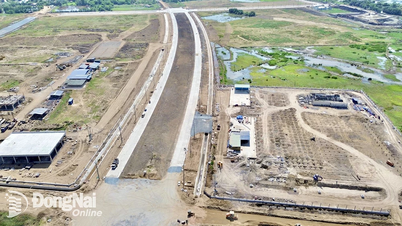
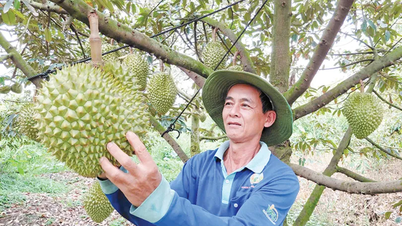

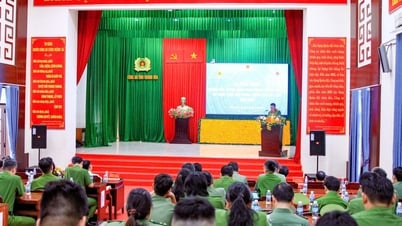
















Comment (0)